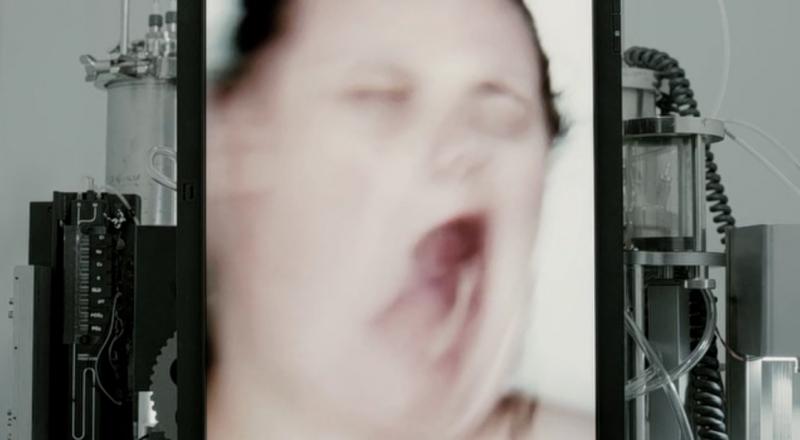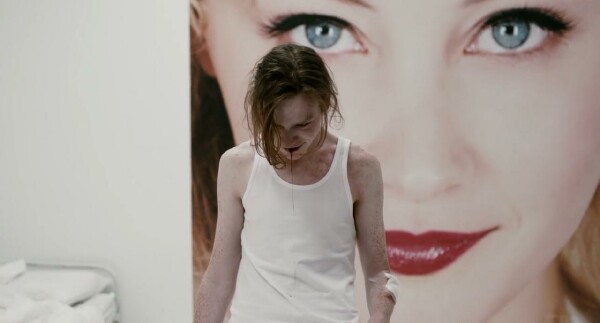b
Antiviral


Antiviral is the directorial debut of Brandon Cronenberg, the son of the master of “body horror,” David Cronenberg. It bears a marked similarity to his father’s work, but still manages to hold its own, has a distinct style, and is not merely a copy of Cronenberg films like Videodrome and eXistenZ. It’s eerie and fascinating, a subtle combination of horror, science fiction, and surreal atmosphere. The visual style has an elegant spareness and crispness that is pure and precise. I found it well worth watching, and very interesting.
The protagonist is Syd March, played by the beautiful yet intensely sinister Caleb Landry Jones. He works for a company which sells live viral infections harvested from the bodies of celebrities to customers who yearn to share their illnesses, and commune with them via the shared infection. This film brings up some intriguing concepts about the survival of the human body past the death of the individual. For one, it makes the point that to viruses, the human body in itself is irrelevant, it is the host cells, the basic biological level, which matter. One of the characters makes a reference to the first human immortal cell line, telling March that the cells of a woman who died of cancer in the 1950s are still alive and being grown today, so that at least on a biological level, her death has not been complete. He comments that “the afterlife is getting extremely perverse.”